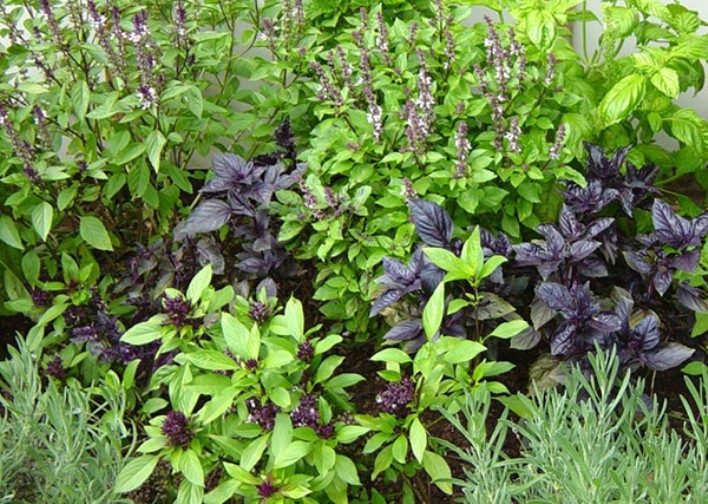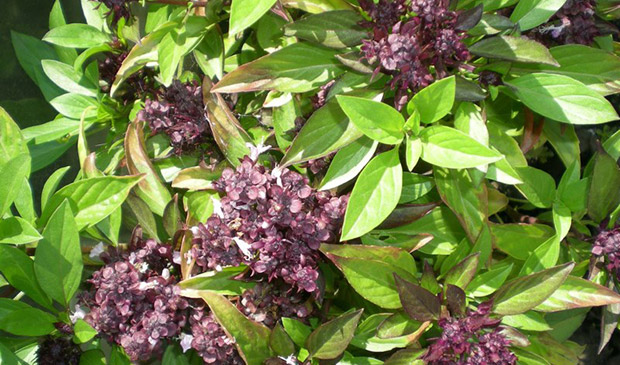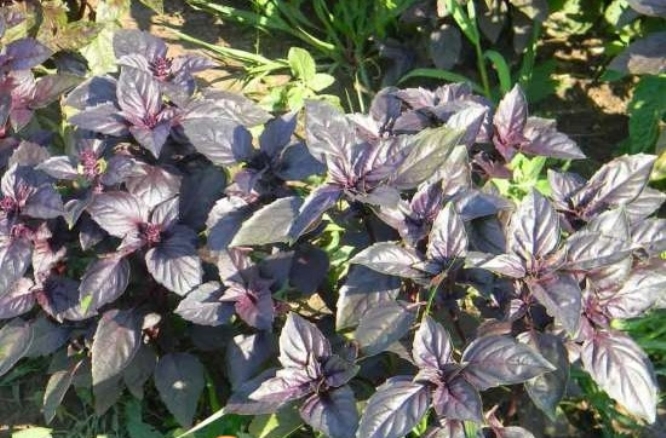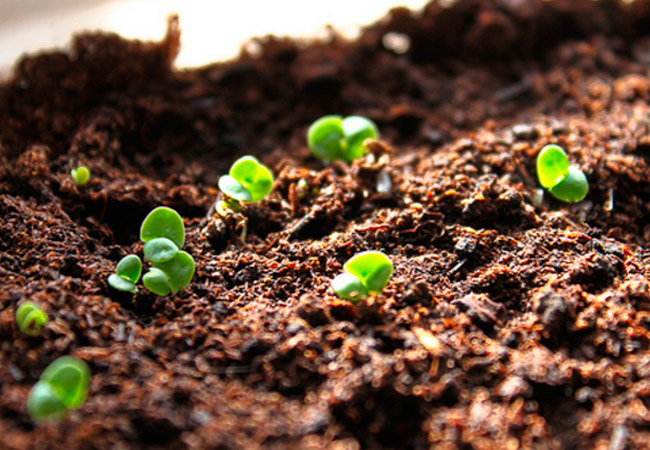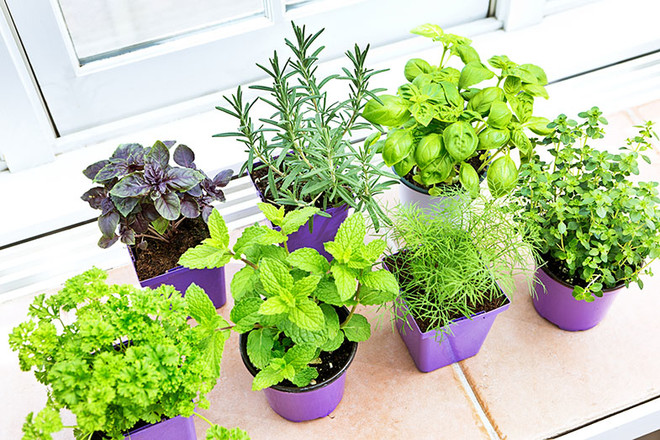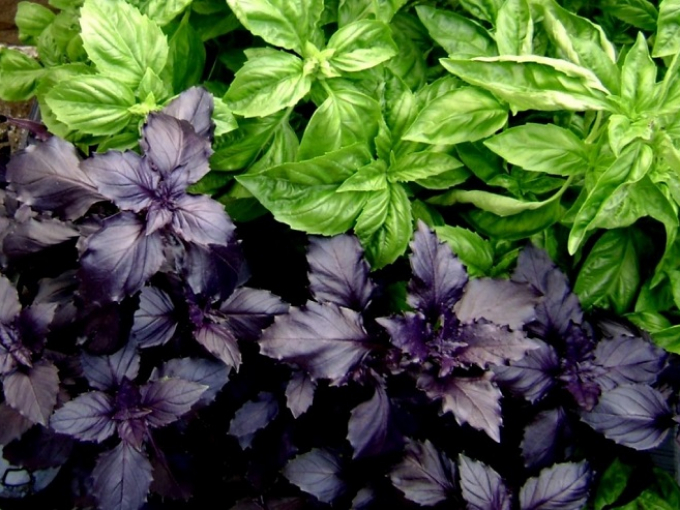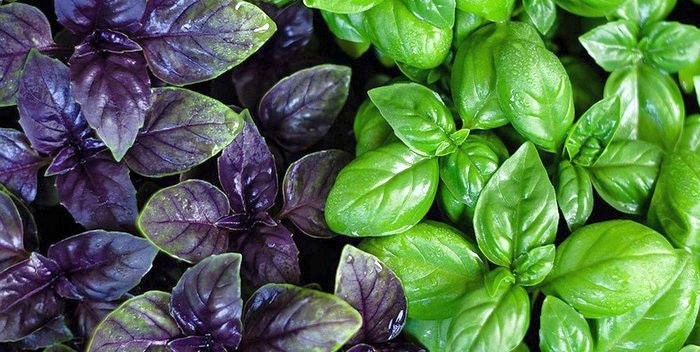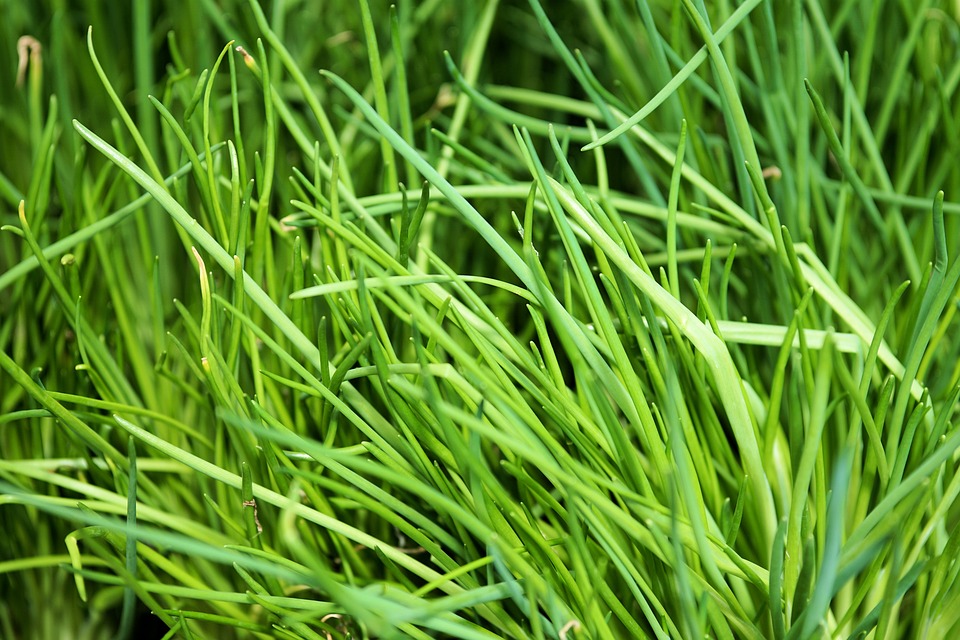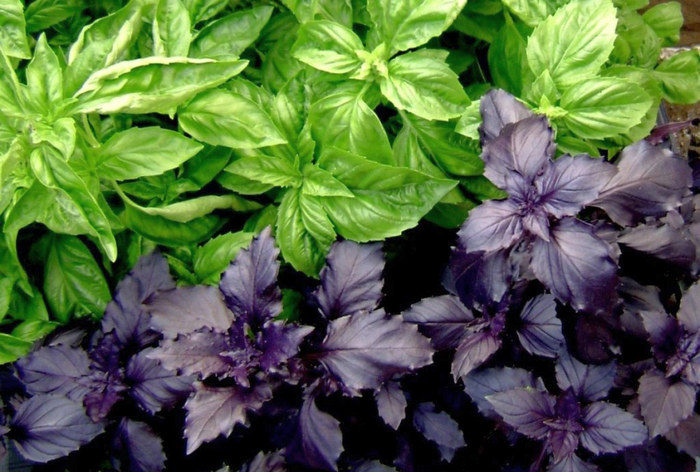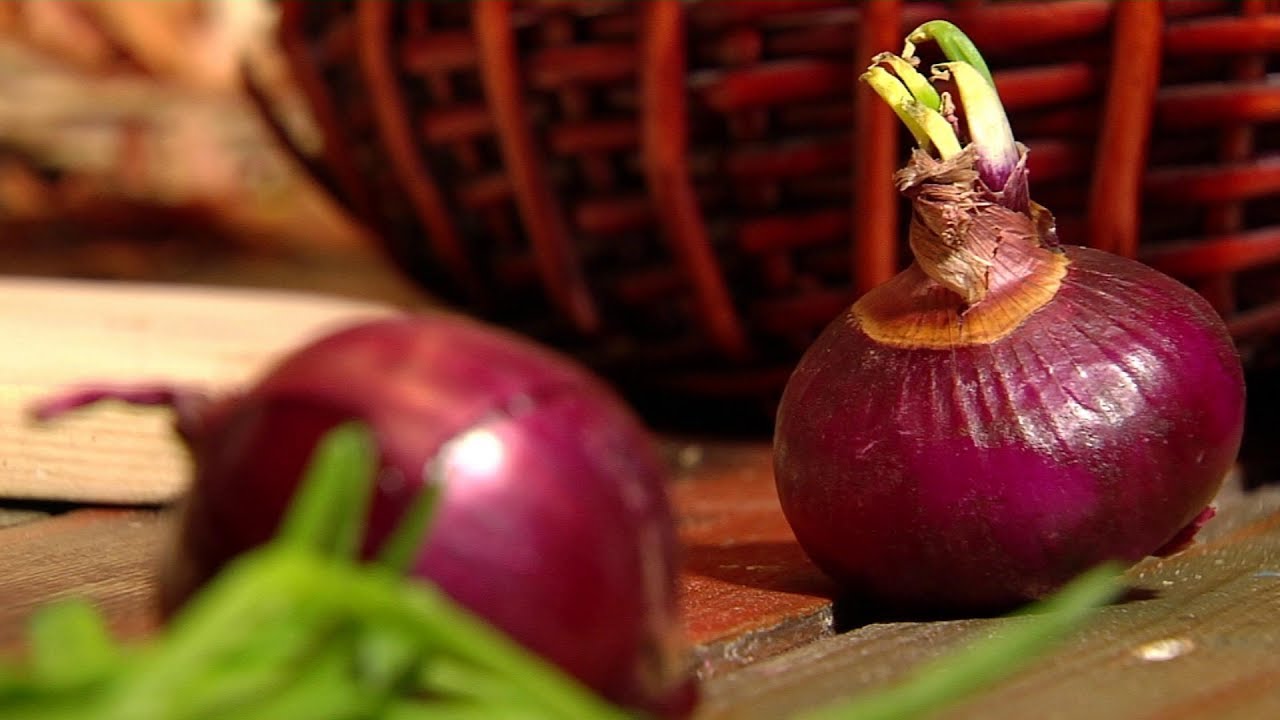Content:
Basil is a vegetable plant of the Lamiaceae family. Currently, he is known in almost all countries of the world. His homeland is the Mediterranean. Basil in Greek sounds like "King", and he can rightfully be considered the king of spices.
Basil has gained the greatest popularity in Europe and Asia. Here it is often used as a condiment for making various meat dishes, desserts, marinades, sauces and drinks. The cultivation of this spicy plant does not require high costs and special care. It is divided into many varieties that differ from each other in external description, taste, growing time.
Basil: varieties and types
The varieties of this spicy seasoning are divided into two groups:
- green;
- basil red or purple basil.
The distinctive characteristics of green and purple basil lie in leaf color, aroma and taste.
According to the classification, the plant is divided into 4 types:
- large;
- spoon-shaped;
- small-leaved basil;
- beam.
Green basil
Basilisk
This species grows up to 60 cm, being the tallest among other varieties. The flowers grow in clusters and are white in color. You can start harvesting as early as 2 months after planting. The leaves of the plant smell like cloves and pepper. Basilisk is added to marinades or sauces.
Clove
After 40 days after sowing, you can start harvesting. This variety of clove aroma is used in the manufacture of various types of salads and meat dishes.
Greek
Outwardly it resembles a ball, which is why it is often used as a decoration. Because of its spicy aroma, it is added to a variety of sauces, salads and culinary products. The crop is harvested 2.5 months after planting.
Gourmet
Shoot height reaches 25 cm. Harvested in 1.5 months after planting. It is added as a seasoning to sauces, salads, pasta. Gourmet leaves are often dried or frozen for the winter.
Caramel
This amazing variety has a wonderful caramel-fruit flavor. The plant is harvested 30 days after planting. It is added to various vegetable and fruit salads, canned.
Lemon flavor
Bright green in color with a lemon flavor. Lemon aroma grows until the time of harvest - about two and a half months after planting seedlings in the ground. Very popular with chefs.
Sacred
The leaves of the Holy Basil are bitter, they taste like cloves and pepper. It is used in the preparation of spicy meat dishes, basil sauce, added to spicy vegetable salads.
Thai queen
With its flowering, the Thai Queen resembles a lilac, because has a lilac color.
Tone
Plant growth is high, the crop is harvested 2.5 months after planting. Has a spicy aroma and tart taste, which makes it possible to add them to vegetable salads, as well as to cold drinks.
Naughty
Due to its small leaves and good taste, it is often used for preserving vegetables.Minx is used in the preparation of meat and fish products.
Lime green
Has a rich green lime flavor. Branching bush with abundant foliage, which is used throughout the growing season.
Purple basil
Thai
The leaves are dark purple in color, have a bright spicy aroma. It is widely used in the manufacture of salads, meat dishes.
Yerevan
Due to its beautiful appearance, it can often be found in garden beds. The plant is bright purple in color, and the flowers have a pale pink color. It is also popular in cooking.
Opal
Opal leaves are purple-violet in color, with crimson flowers, with a taste of cloves and pepper. It is added to various types of sauces, salads, vinegar, oil and meat dishes.
Ruby red
The shoots are dark purple in color. Due to its juiciness, it contains a lot of essential oils. It is a diuretic and disinfectant. It is used fresh and as a seasoning for vegetables.
Ararat
It is a tall, slightly curly bush. The leaves are greenish-purple and the flowers are lilac. It is added to the first and second courses, cheeses, vegetable salads.
Thanks to a variety of varietal accessories, fans of experimenting with the taste of dishes can choose the most suitable from a variety of varietal types.
Basil green and purple: the difference
In the Caucasus and in Asian countries, purple vegetable basil most often grows; it has a harsher taste than green. Eastern cuisine is not complete without this aromatic spice.
Green basil is most appreciated by the inhabitants of European countries, due to the fact that its taste is softer and the smell is more aromatic. It is worth noting that this plant was appreciated by Europeans only after it managed to delight the inhabitants of France with its taste. Here they began to use it, preparing traditional dishes.
In the 16th century, in addition to being added to meat dishes, this seasoning began to be used in the manufacture of drinks and culinary products.
Basil red can begin to turn green in case of lack of sunlight or air. Therefore, it is important when growing his house to put pots on the sunny side of the apartment, open a window during the day so that the plant breathes fresh air. There are also plant varieties that have a unique color with a greenish and reddish tint.
Growth features
Green basil is an unpretentious plant that grows easily, both in the garden in the garden bed, and in pots on the windowsill of the apartment. Hand-grown basil is much more beneficial than one bought at the store counter.
It is advisable to plant it in open ground with seedlings, so it will be possible to start harvesting earlier. They begin to cook it in April, sowing it in special boxes with soil. If you have a greenhouse, basil can be planted in it; tomatoes are a very favorable neighborhood for it. The essential oil of the plant effectively protects tomatoes from various diseases, repels insects.
This seasoning does not require special care. It is necessary to observe the frequency of watering, preventing the plant from withering away from severe drought or excessive moisture.
Basil varieties for the Middle Strip
Separate varieties for planting in the Central zone of the Russian Federation have not been bred at present. Therefore, for planting this spice, it is necessary to carefully select the appropriate species for a specific region from the available varieties.According to the climatic features, in the Middle Lane (and in the Moscow region), in the Urals, in Siberia, cold-resistant species grow best: Marquis, Moskvoretsky, Dragon, Basil anise aroma, Green fragrant, Zhigalo.
Culture properties
The composition of green basil contains vitamins such as A, B, C, PP, which determines its value. Calorie content in 100 gr. spice is 23 kcal. Due to its high content of essential oil (from 0.2 to 0.5%), it is often used as a medicine.
Benefits of basil
Also, thanks to the writings of Avicenna, it was discovered that the plant has tonic, antispasmodic and relaxing properties.
Basil is used in the treatment of diseases such as:
- headache;
- angina;
- rheumatism;
- bladder disease;
- stomach problems.
Broths effectively help against vomiting, otitis media, nausea and flatulence. Taking a bath with basil infusion will help you relax and strengthen the body.
Besides its benefits, basil can also be harmful to human health. Due to the fact that it contains mercury, it should not be abused. He also has some contraindications. It is recommended to refrain from using this spice for pregnant and lactating women, people with cardiovascular diseases.
